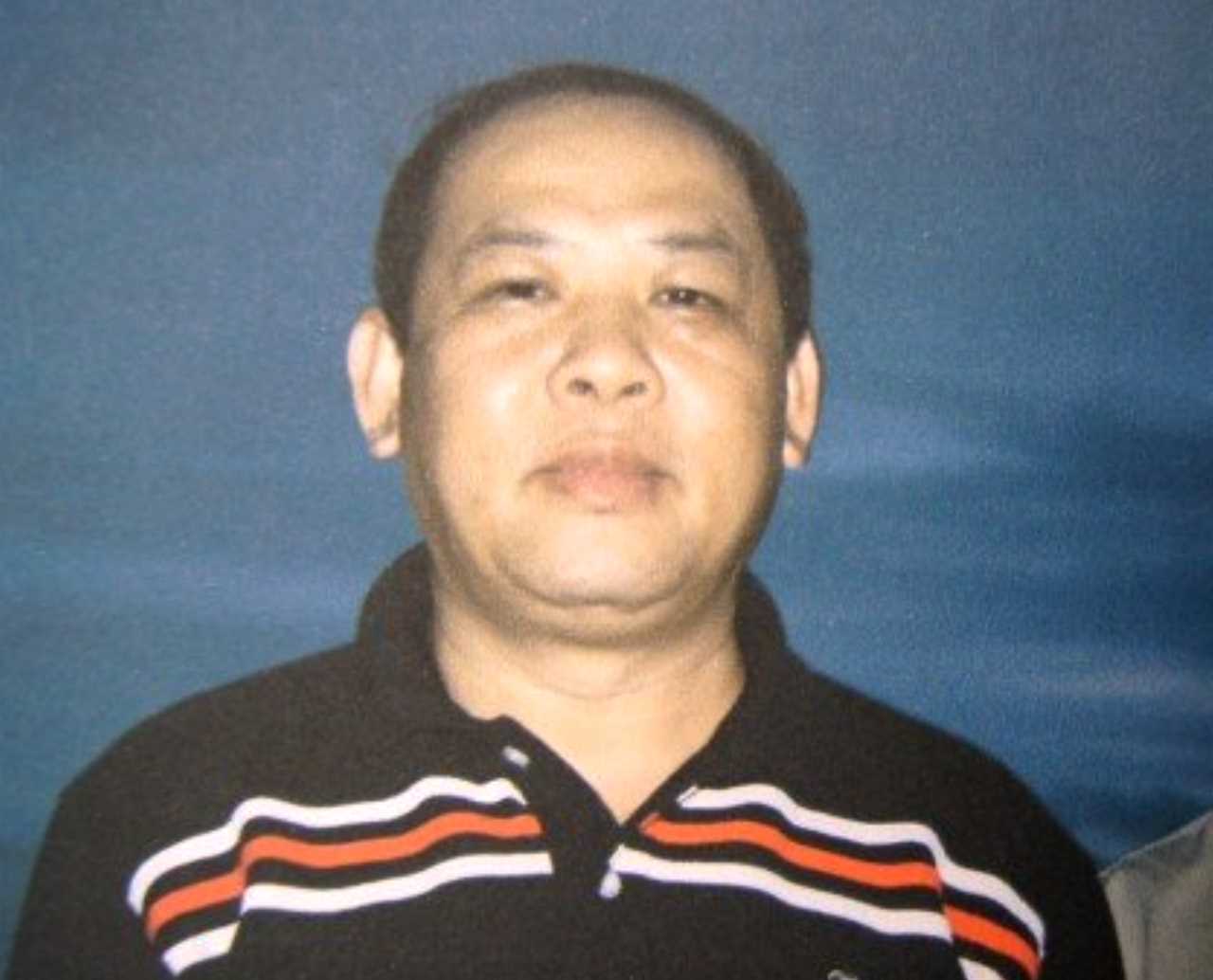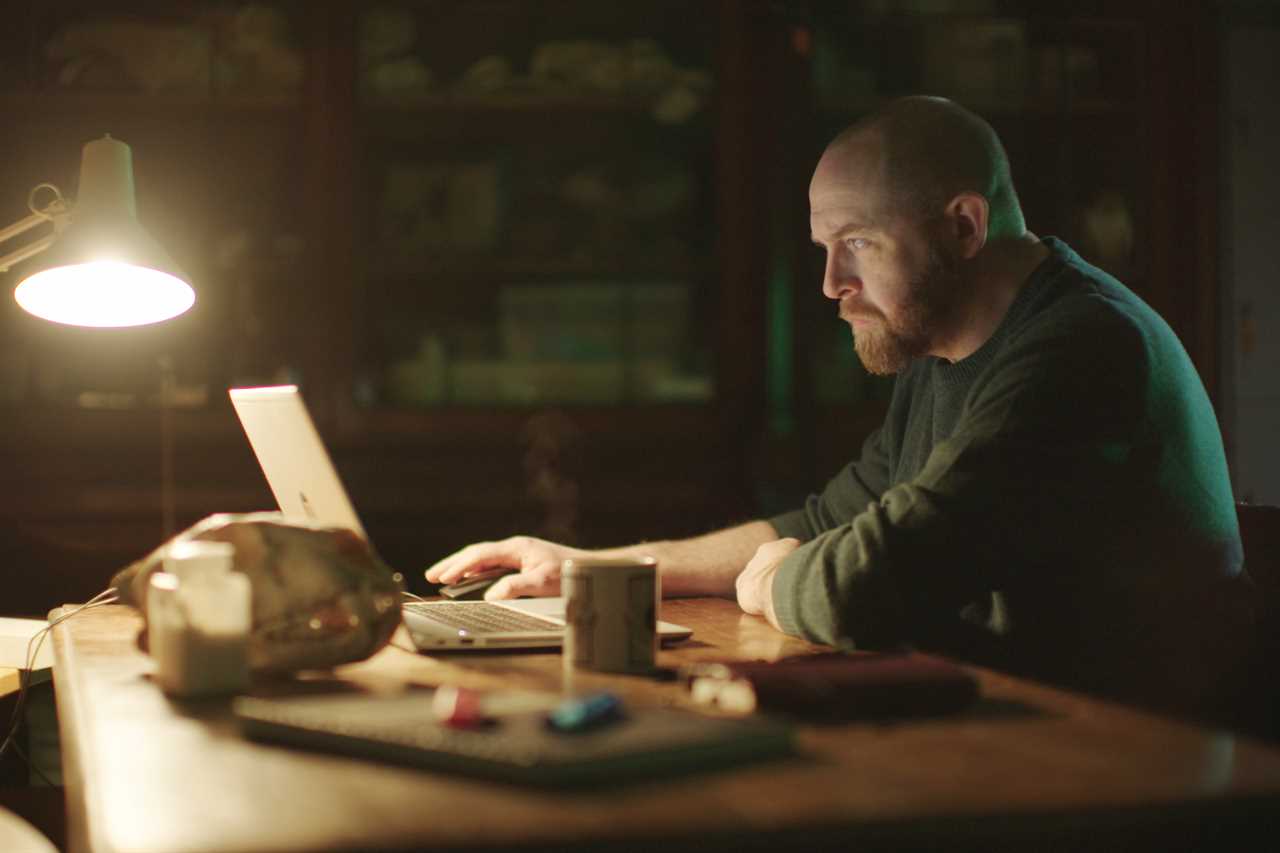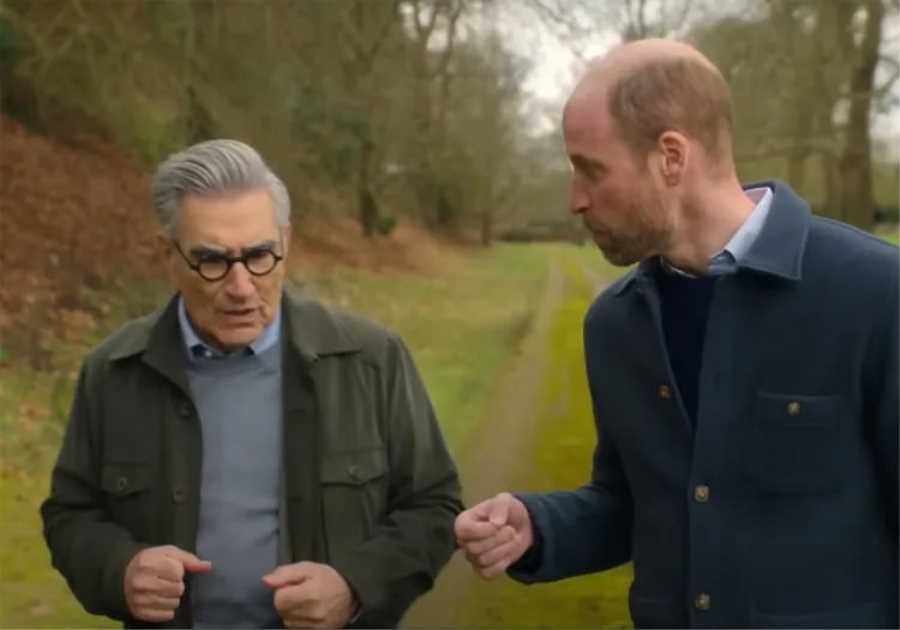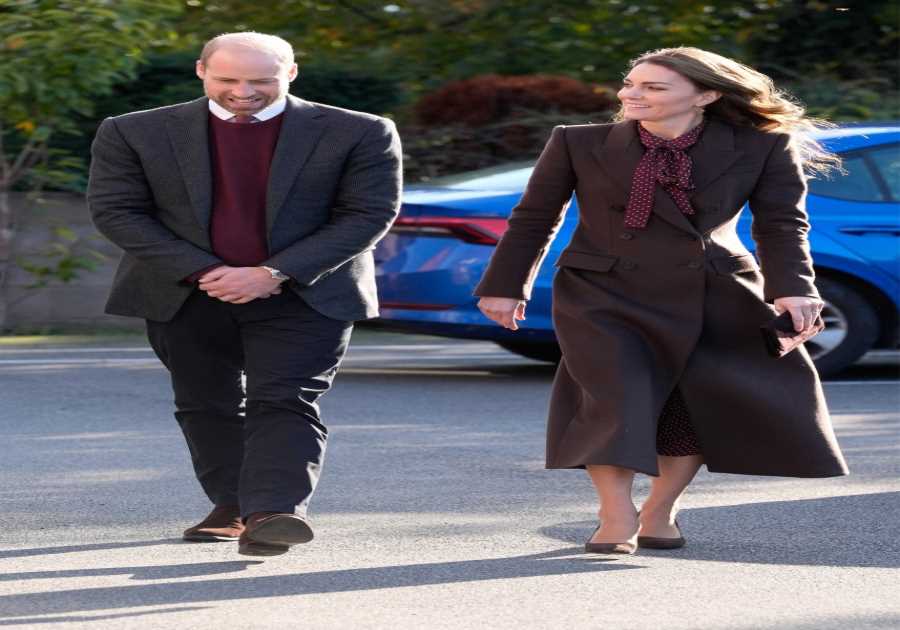
Rhino horn robbery
In a shocking crime wave that swept across Britain, mobsters targeted museums in search of the most valuable substance on the planet: rhino horn. The hunt for this prized material led to multi-million pound thefts, and a humble museum curator in the UK played a crucial role in exposing the illegal trade.
The man who busted the trade
Paolo Viscardi, a museum curator, was one of the first to notice a series of raids on small museums in the UK. As criminals discovered how easy it was to steal rhino horns and other products made from the substance, the scourge spread across Europe.
A growing pattern
Viscardi compiled information about the thefts, realizing that something much bigger and darker was happening. The thieves were targeting museums with little or no security, making them easier targets compared to heavily guarded locations. This pattern led Viscardi to uncover the shocking truth behind the thefts.
The demand in Southeast Asia
The stolen rhino horns were traced to Southeast Asia, where they were traded on the elite black market. In countries like Vietnam and Thailand, the horn was believed to have various medicinal properties and was even used as an aphrodisiac. Ground down into powders and pastes, rhino horn became a trendy item for the wealthy and powerful.

A dangerous trend
The price of rhino horn skyrocketed, reaching a staggering £65,000 per kilo. The substance became more valuable than gold, thanks to false claims that it could cure cancer. Despite having no real effects, rhino horn became a status symbol and a fashionable commodity.
The museum heists
The thieves targeted museums across the UK and Europe, scouting out their security measures and breaking in during the night. They stole rhino horns from displays, and in some cases, even sawed off horns from stuffed rhino heads. The thefts eventually spread to Germany, Italy, Portugal, the Czech Republic, and the Netherlands.
Exposing the criminal gang
Viscardi and his colleagues traced the thefts and alerted museums worldwide. Eventually, authorities discovered that a gang known as the Rathkeale Rovers, operating in Ireland, was responsible for the heists. The gang trafficked goods worth £57 million and were linked to a Thai mobster named Vixay Keosavang, also known as the "Pablo Escobar of wildlife trafficking."
The hunt for rhino horns
To meet the demand for rhino horn, Keosavang hired rhino hunter Chumlong Lemtongthai to shoot as many rhinos as possible. The horns would then be supplied to the black market. While Lemtongthai was eventually caught and imprisoned, Keosavang remains on the run.

The hope for change
Viscardi hopes that this trend burns itself out and that sustainable alternatives replace the demand for rhino horns. With stricter hunting laws and conservation efforts, the hope is to protect these beautiful creatures from extinction.
Watch the revealing Sky documentary, The Great Rhino Robbery, to learn more about this shocking crime wave and the efforts to stop it.
Did you miss our previous article...
https://thecelebreport.com/television/entitled-princess-samie-elishi-sparks-outrage-among-love-island-fans-over-phone-feud






